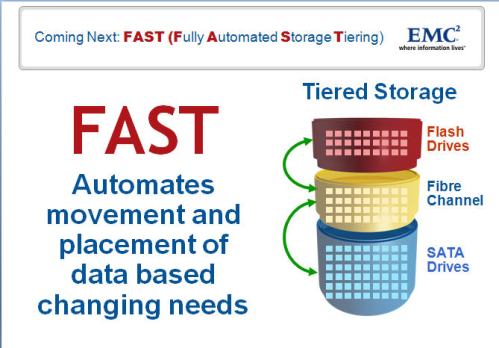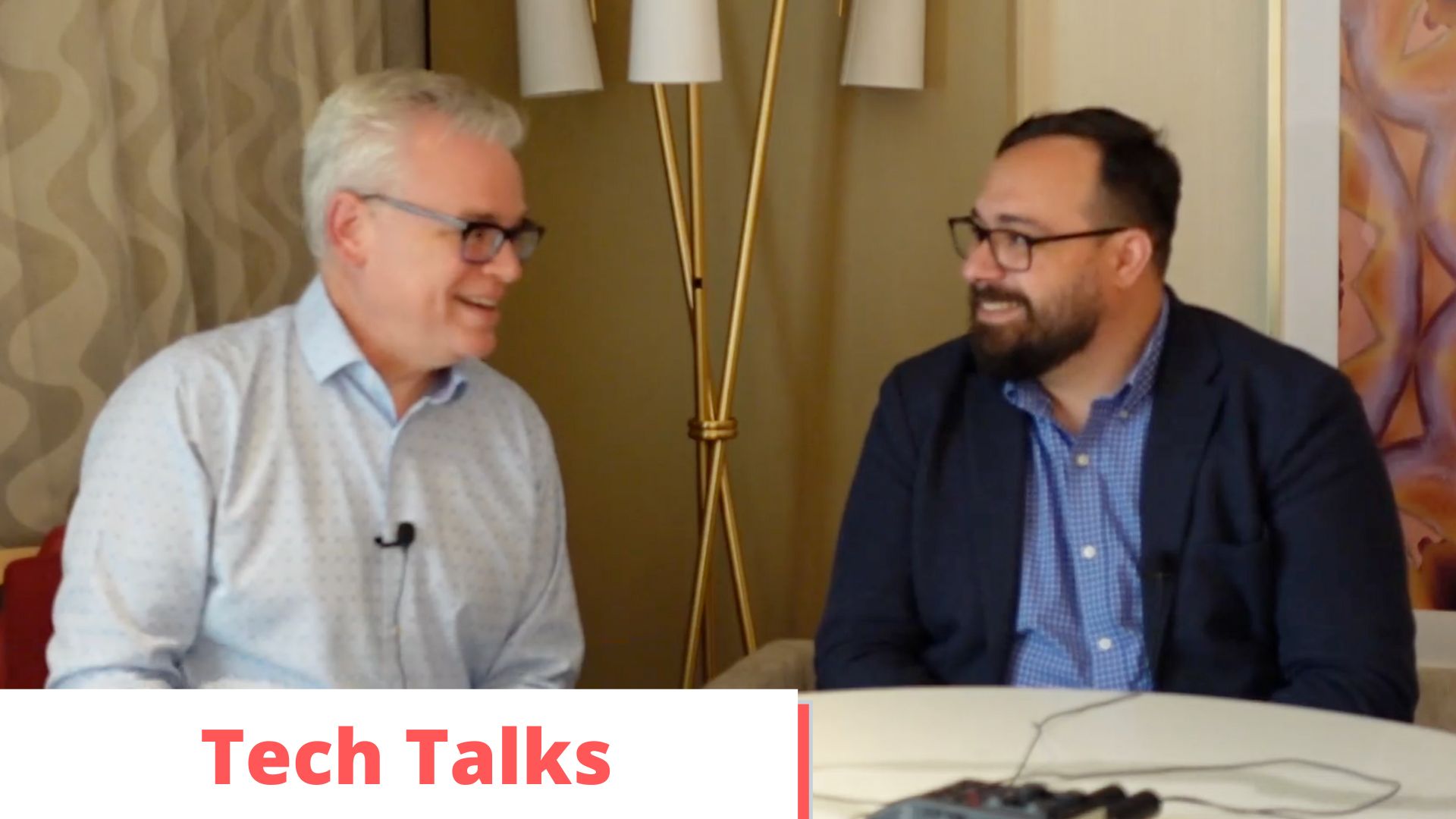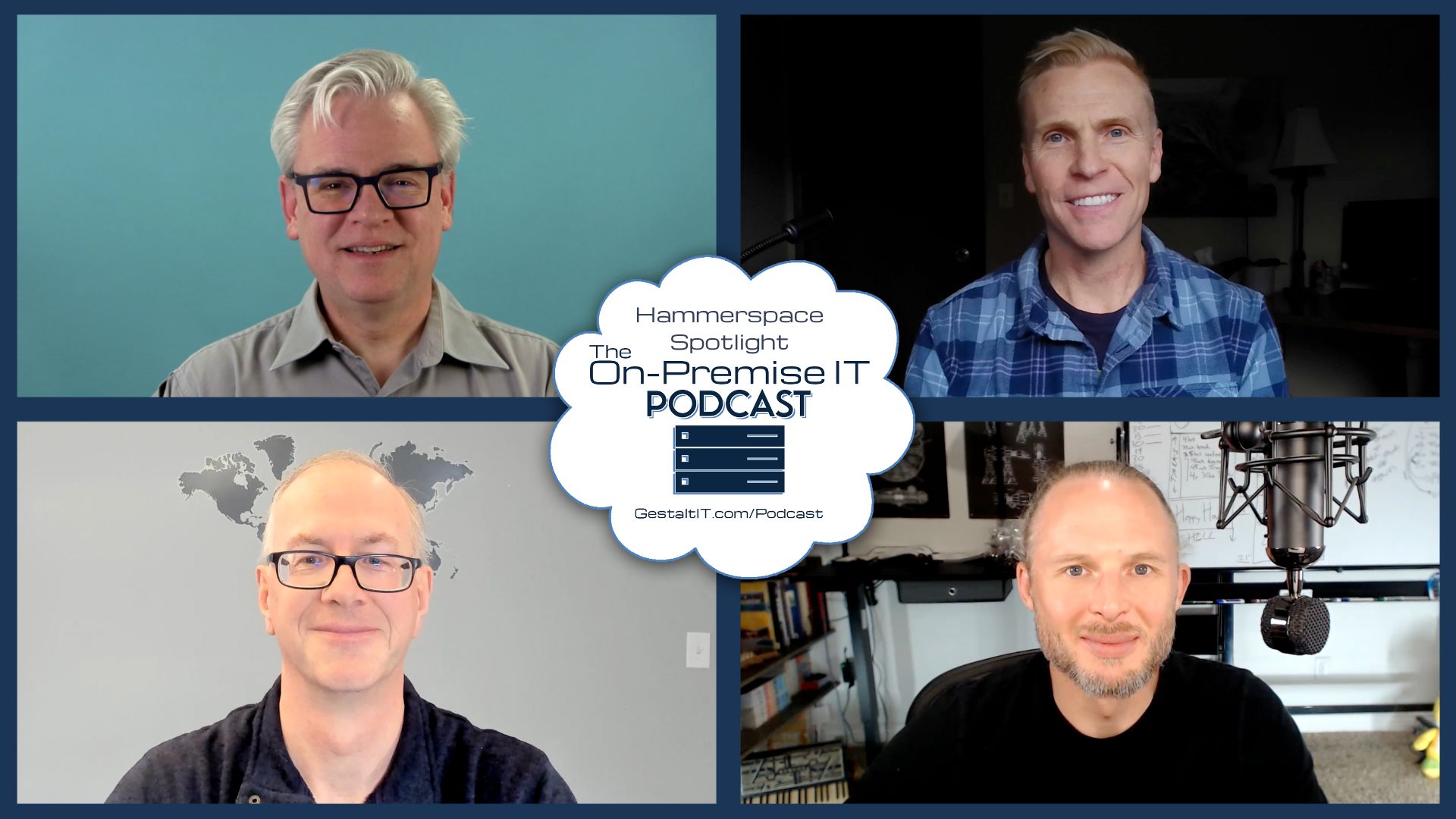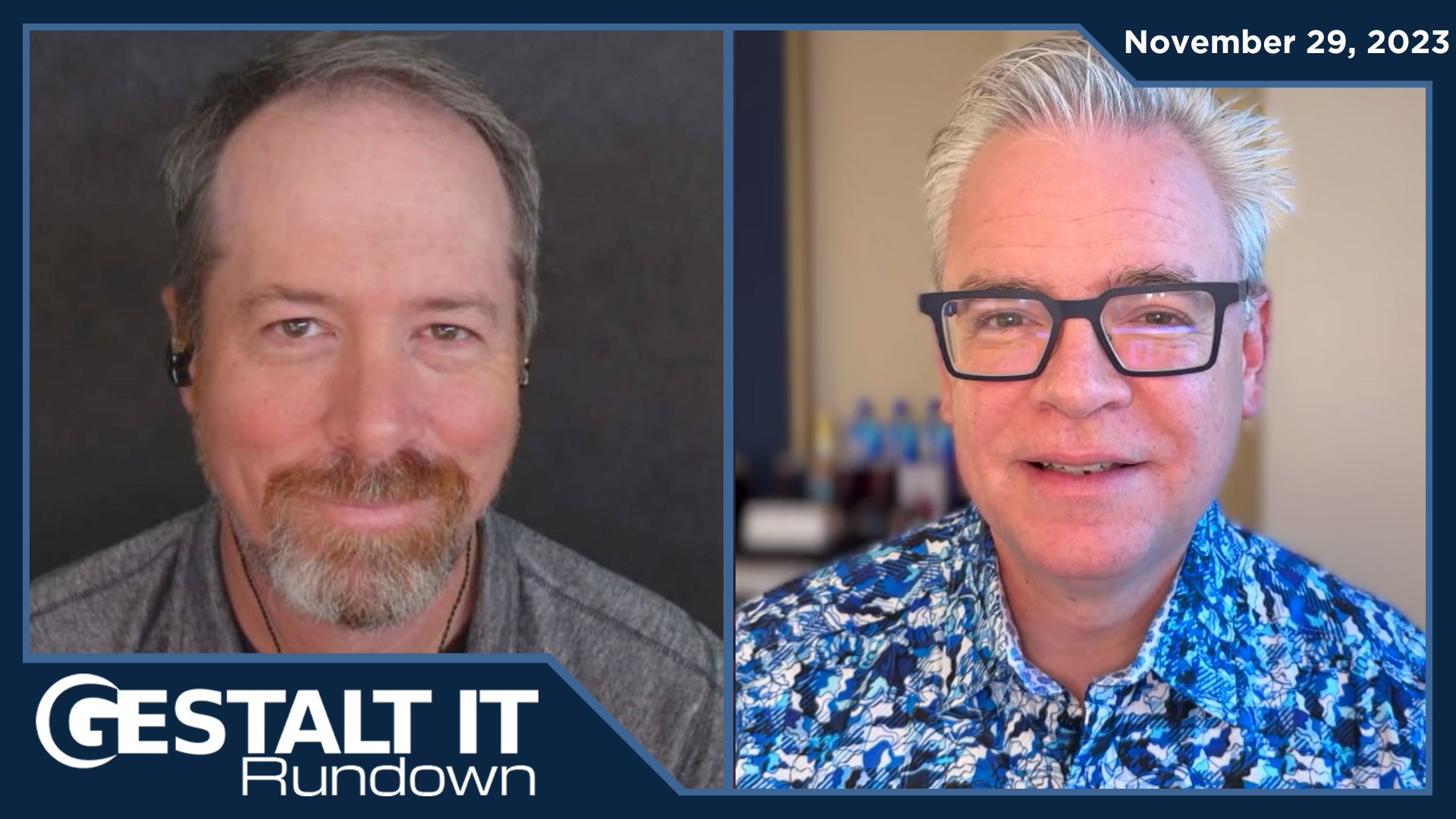So, the announcements have started; EMC have unveiled their next-generation version of the Symmetrix high-end storage array family and it is called the V-Max. So I guess previous guesses about DMX-5 or DMX-V weren’t far off!
Naturally, the EMC PR machine is in full flow; blog posts are already up from the usual suspects:
- http://thestorageanarchist.typepad.com/weblog/2009/04/1054-overtake-the-future-with-emc-symmetrix-v-max.html
- http://storagezilla.typepad.com/storagezilla/2009/04/countdown-to-overtake-the-future.html
- http://chucksblog.emc.com/chucks_blog/2009/04/symmetrix-vmax-a-new-paradigm-for-storage-virtualization.html
I picked up the first comments on ZDNet about 6am UK time this morning. From the brief marketing blurb I’ve read, the new technology will scale better (more connectivity, more drives, more throughput and a bigger range of devices) and be more tuned to virtual infrastructures. It does however, still rely on the existing Symmetrix technologies such as the Enginuity operating system.
Have a look at the following graphic I borrowed from the ZDnet post. It describes a new technology called FAST (Fully Automated Storage Tiering). The implication is that the technology enables the automated tiering of data across all levels of technology within the array. *IF* this is as good as it sounds, then this will be a killer feature of the new technology. As usual, the devil is in the detail; I’d hope FAST offers:
- High granularity of data chunks (e.g. 1GB chunks or less).
- High granularity of sampling period (e.g. data migration in minutes and seconds not days)
- Un-interrupted data movement.
- Policy-based migration (e.g. not technology based but a service level the customer can subscribe t0).
The other concern I have is how much legacy architecture V-Max will retain. Symmetrix and DMX LUN changes are inflexible and require binfile or symconfigure commands to create and destroy LUNs. Data is not fully dynamic across an entire array, hence the need for Symmetrix Optimiser. I’d like to understand if V-Max still retains the legacy configuration constraints of the older products or whether EMC have moved to reduce these dependencies.
As usual, EMC continue to push the boundaries. It will be interesting to see how the competition responds, in particular, those vendors still cranking out their legacy products, which as time goes on, look more and more antiquated.
More news as I discover it.





